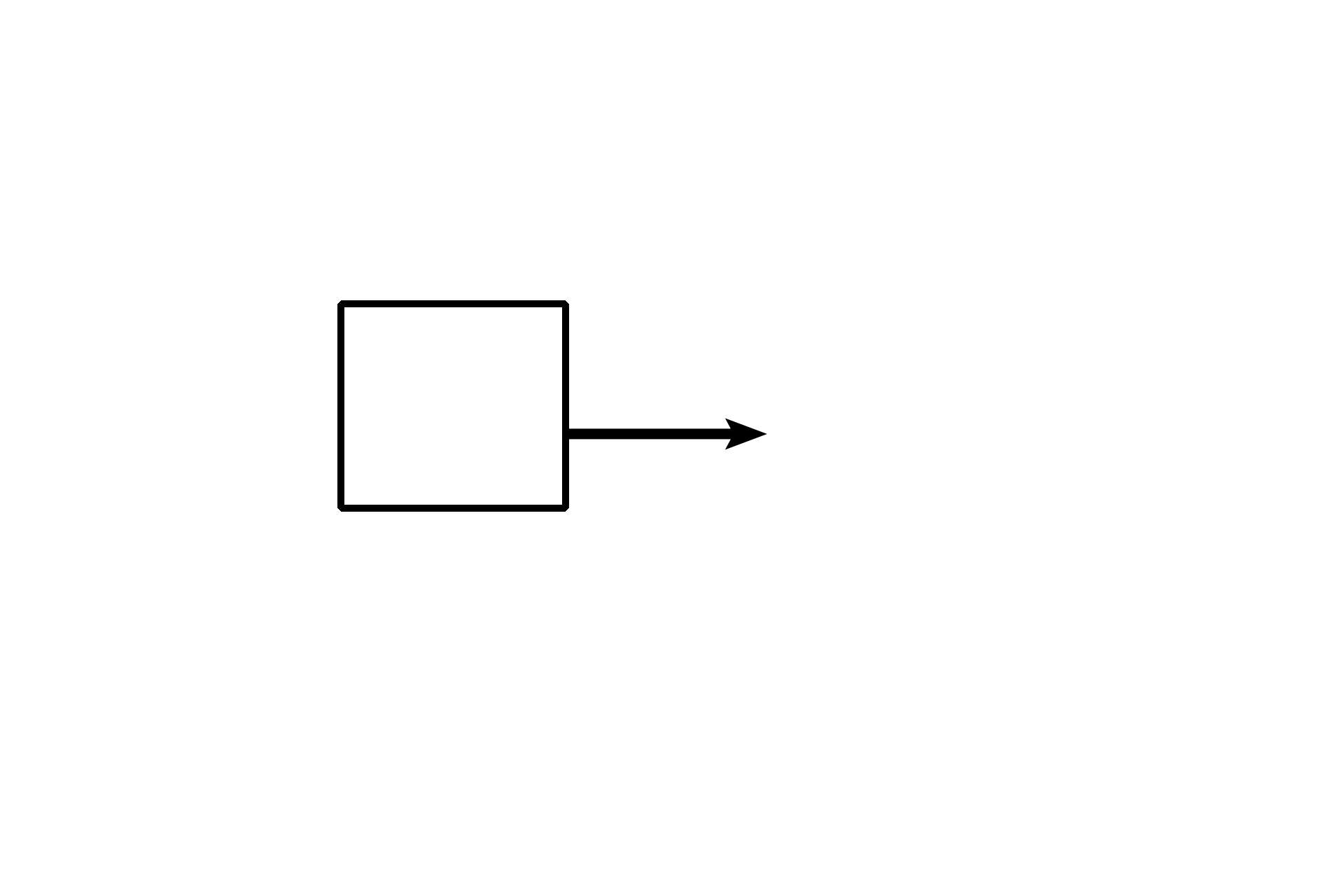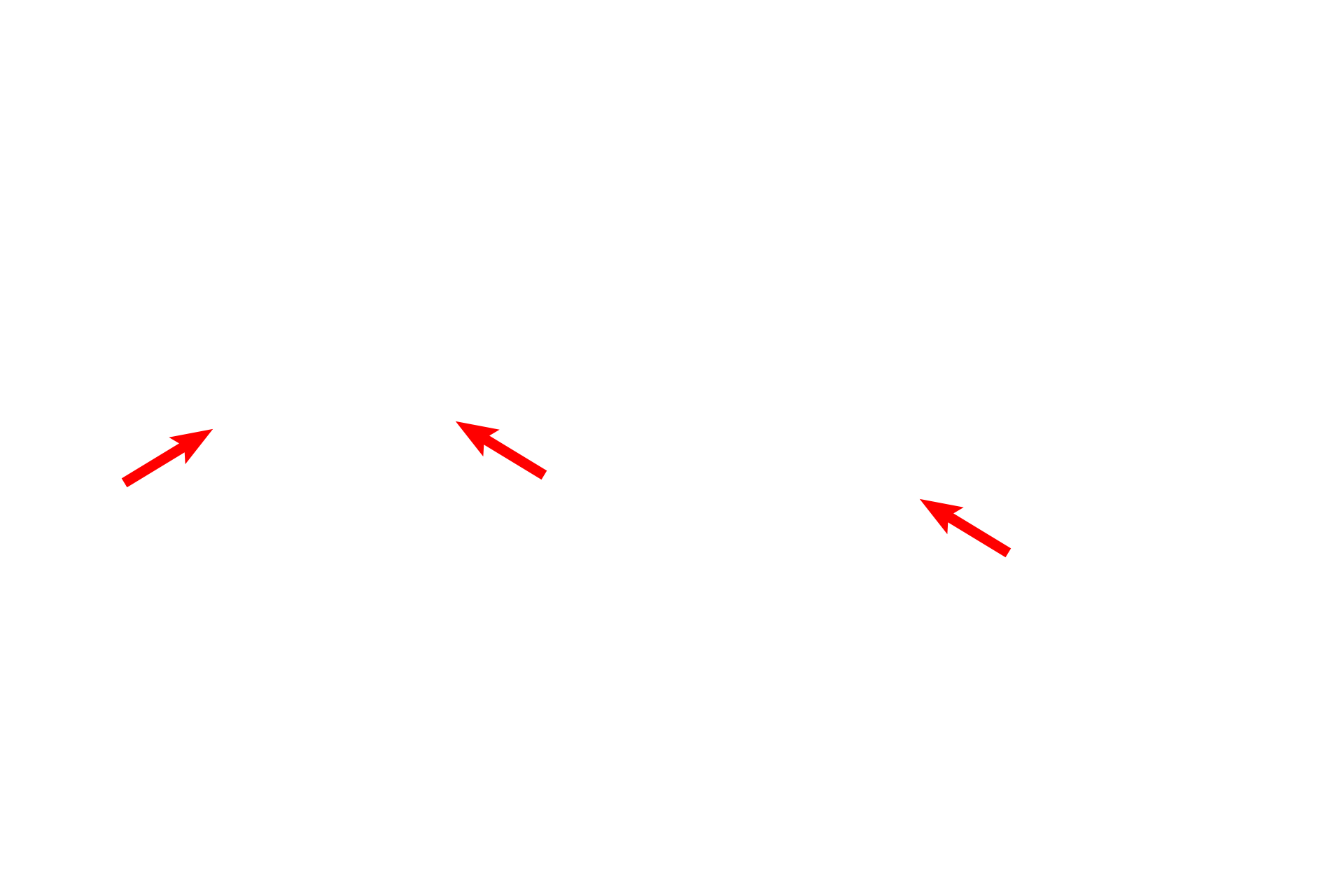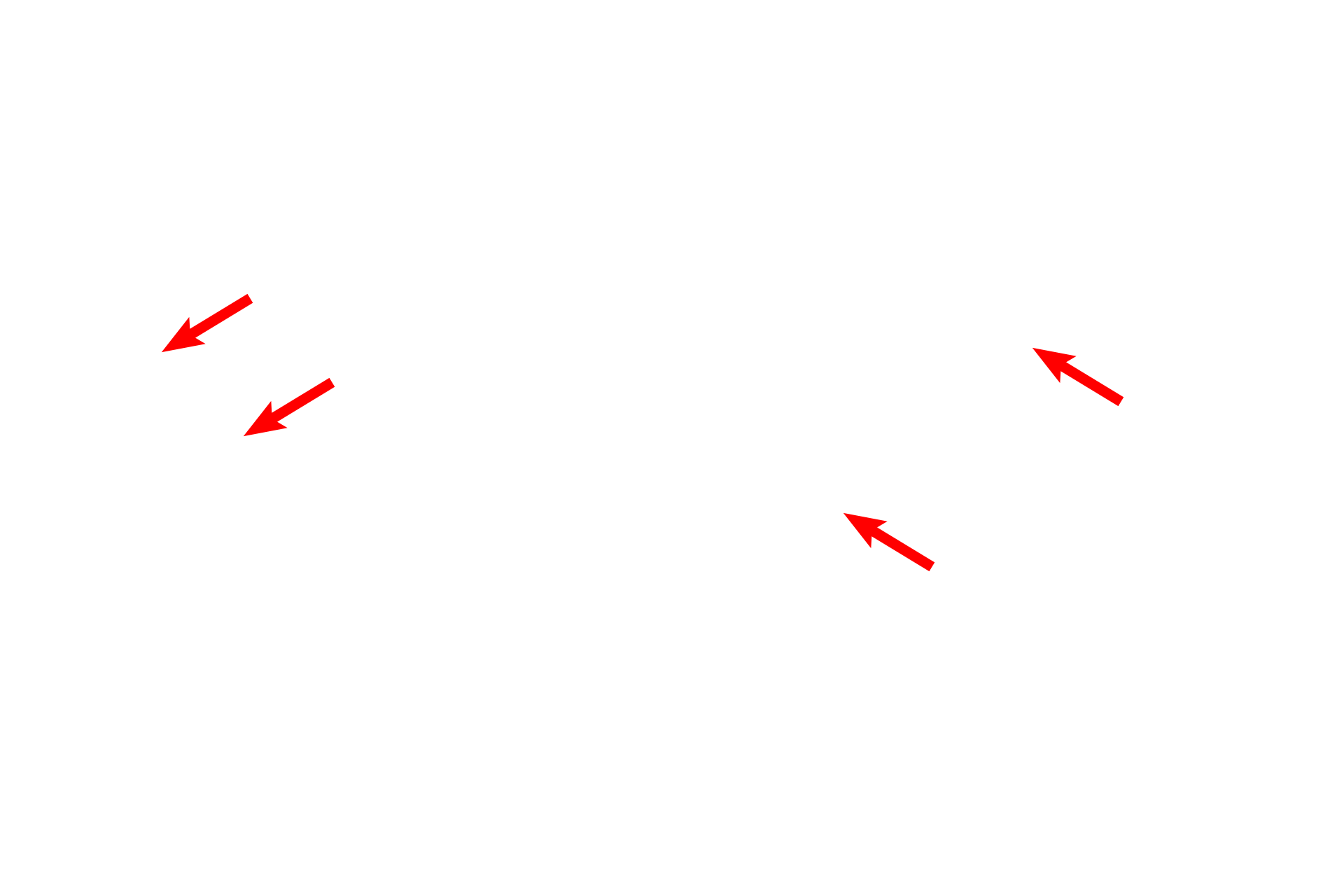
Overview
The inner ear, located in the petrous portion of the temporal bone, houses receptors that monitor changes in sound, gravity and movement. These receptors are located in a series of membranous tubes and sacs, collectively termed the membranous labyrinth, which are suspended in a series of bony spaces, the osseous labyrinth. The osseous labyrinth is shown in purple.

Enlargement >
An enlargement of the osseous labyrinth of the left ear is seen in the inset.

Cochlea >
The cochlea is the portion of the osseous labyrinth that is coiled into a spiral of 2.5 turns, resembling a snail shell. The portion of the membranous labyrinth housed within the cochlea is the cochlear duct, containing the receptor for sound, the organ of Corti.

Vestibule >
The vestibule is the central portion of the osseous labyrinth. The vestibule is a large chamber that is continuous with and attached to both the cochlea and the semicircular canals. The portions of the membranous labyrinth housed within the vestibule are the utricle and saccule, each containing a macula, the receptor for linear acceleration and gravity.

- Endolymphatic duct >
The endolymphatic duct begins as two ducts from the utricle and saccule in the vestibule and terminates in a sac-like ending between the meninges of the brain. Cells lining the duct presumably absorb endolymph and dispose of cellular debris that may be present in endolymph.

Semicircular canals >
The semicircular canals are three tunnels that form the posterolateral portion of the osseous labyrinth. Each canal is oriented in a plane that is mutually perpendicular to the other canals. The portion of the membranous labyrinth housed within each semicircular canal is the semicircular duct, containing a crista ampullaris, the receptor for angular acceleration.

CN VIII >
Cranial nerve VIII, the vestibulocochlear, innervates the receptors of the inner ear, the organ of Corti, the maculae, and the cristae ampullares.

Temporal bone >
The inner ear is housed in the petrous portion of the temporal bone.
